How real-life hobbits are changing human history
Science
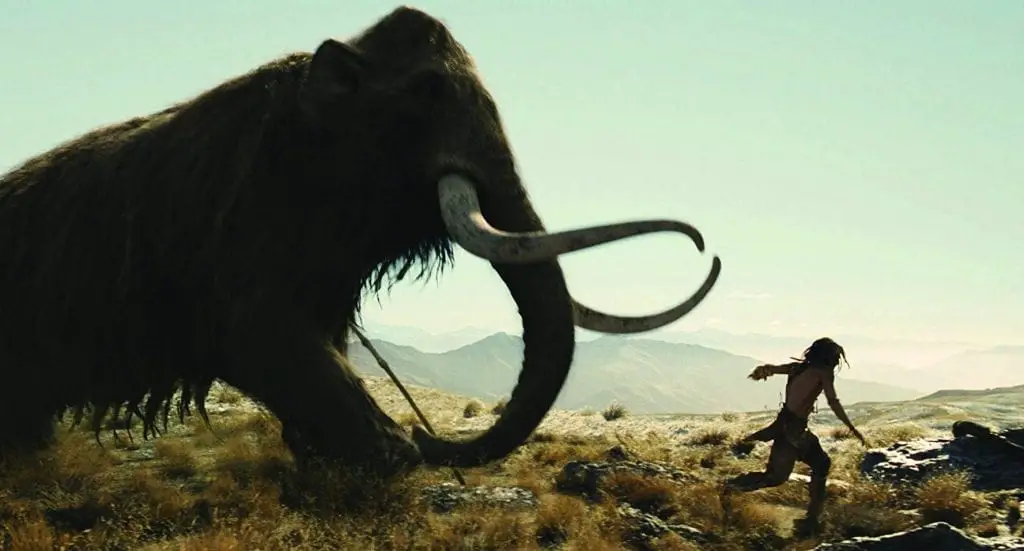
1. Hobbits in Indonesia
IMDB
Thousands of years ago hobbits lived on a small island in Indonesia alongside little elephants, huge storks, and giant rats. They didn’t live in hobbit holes with little doors, but instead large caves. But many years after they found the island, humans did too. Over time, the humans got smaller, just like the hobbits. The island seemed to be changing the size of animals that came to it. In 2003, archaeologists discovered these hobbits and now scientists have learned more about the relationship between them and the pygmy people of the island. The hobbits are dramatically changing the way we understand human evolution, but they still remain mysterious.
While J.R.R. Tolkien painted a beautiful and enchanting story of hobbits in the “Lord of the Rings,” he got one thing wrong: hobbits didn’t live in New Zealand, they lived on a small island in Indonesia, called Flores. Whether or not elves and dwarves existed too, remains to be discovered.
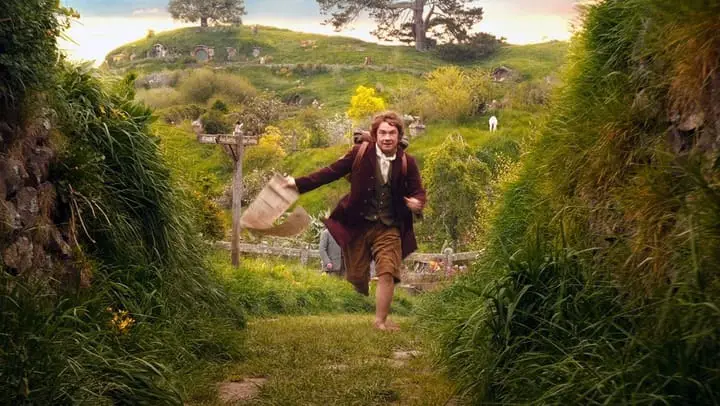
Today Show
Instead of dancing on tables with jugs of alcohol and going on life threatening adventures to save Middle-earth, hobbits actually lived in a cave and hunted little elephants. The real hobbits are a long dead species of humans called Homo floresiensis. But these little hobbits are mystifying scientists and turning human history on its head.
2. Mystery people
Discovered in 2003, these hobbits present quite a confusing new side to the history of human evolution. They’re smaller than any other member of the genus Homo, which includes us, they lived as recently as about 60,000 years ago, and they don’t quite fit any explanations for how they got to Indonesia.
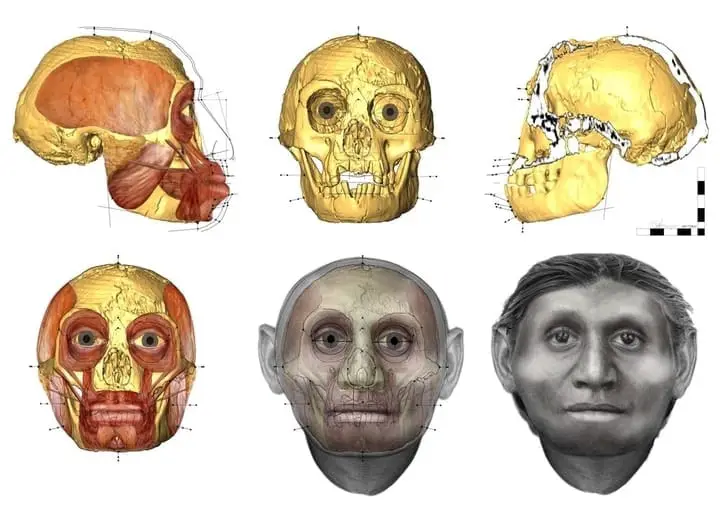
The Conversation
Not only that, but other inhabitants of the island are smaller than their closest relatives off the island. So these hobbits lived on a possibly body-shrinking island and are really don’t fit into our current ideas of early human history. So where in the world is this magical island Flores?
3. The island of Flores
Not too far from the famed paradise island Bali is the lesser known island of Flores. As a tropical island in Indonesia, Flores has all the typical attractions: waterfalls, beaches, and snorkeling. An old volcano on the island holds three colorful lakes and it’s the only area on Earth where Komodo dragons live in the wild.

Flores Tourism
Off the coast are pink coral reefs and on the coast are white sand beaches. Flores has five main cities, with the island’s total population just over 1.8 million. Some of its villages are home to pygmy people, who have been of great interest to anthropologists because of a theory that they might be descended from the hobbits that used to live there.
4. Rampasasa pygmies
Pygmies are people in an ethnic group in which none of the adult males reach more than 59 inches tall (less than five feet). The average height of the Rampasasa pygmies on Flores is four feet, nine inches tall. In the United States, the average adult male is five feet, nine inches tall. For women, the average is about five feet, four inches tall.

The Globe and Mail
In other areas of the world, the average height might be higher or lower, but pygmies are at the lowest end of the spectrum. Pygmies are different from people with dwarfism, because they are an entire population that is unusually short. But why are the pygmy people of Flores so small? Is it because their ancestors interbred with an even shorter group of people, the hobbits?
5. Translating their DNA
The question of the Rampasasa pygmies’ ancestry has been floating around for some ten or more years. In 2013, scientists thought they might be able to answer it by looking at the pygmies’ DNA, so they visited the village of Rampasasa and asked the locals if they could collect samples.
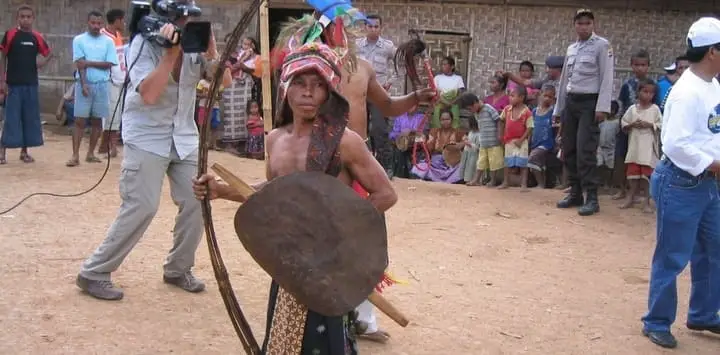
The Conversation
Through several translators, the researchers told the people why they wanted to look at their DNA. Once the Rampasasa people understood, the scientists took blood and saliva samples and then returned to their labs to analyze the data. But ten years earlier, different researchers were analyzing intriguing bones they had recently discovered in the same area.
6. The Liang Bua cave
The hobbits’ story ended in the Liang Bua cave. The Liang Bua cave in Flores has a high ceiling and is situated near two rivers. In 2001, Indonesian and Australian researchers found all kinds of animal bones in the cave. There were small elephants, Komodo dragons, rats, and one giant stork.
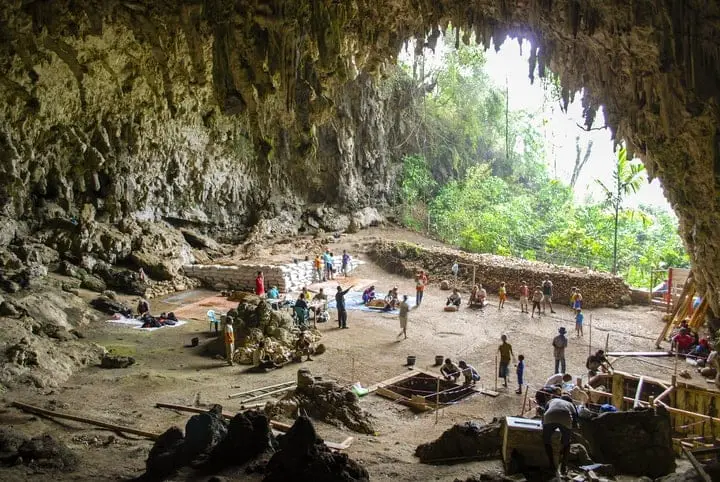
Time
But they kept digging, because they were hopeful they would find something else, like perhaps the remains of the first humans to move to Australia. At almost 20 feet into the ground, they didn’t find what they were looking for, but instead something more amazing. For us, a new story was being unraveled.
7. A small discovery
Under all the dirt was a very small human skull. At first it appeared to be a child’s skull, but after looking at its teeth the scientists realized it was actually a very small female adult. They uncovered a few more bones and began to assemble a partial skeleton. Eventually they found parts of even more individuals.
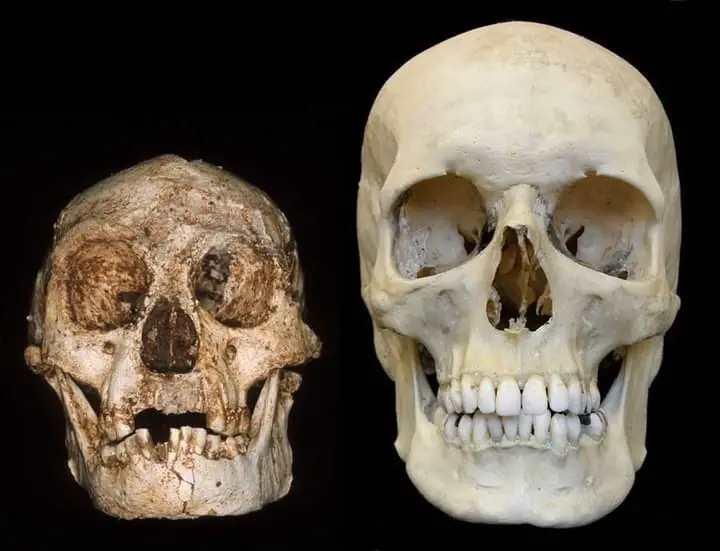
Live Science
They had discovered that besides the Rampasasa pygmy people, another small hominid lived on Flores. Only, these humans lived there about 80,000 years ago and were even smaller at about three and a half feet tall. This puts them as being the same height as the average hobbit from “Lord of the Rings.”
8. The name game
At first, the researchers didn’t know if this new species belonged to the same group as humans, the genus Homo, or something new entirely. Tentatively, they named it Sundanthropus floresianus, but they were told “floresianus” means “flowery anus” instead of “from Flores.” So they decided to not go with that.
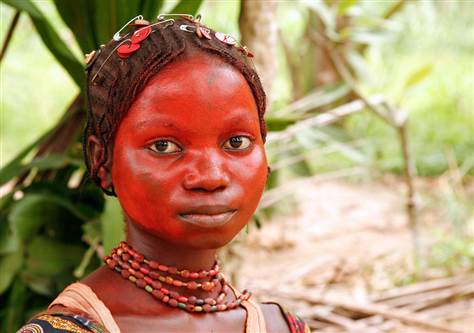
NBC News
Other scientists weighed in and decided that the news species actually does belongs to Homo. It was almost named Homo hobbitus, but they settled on Homo floresiensis after the island. Casually, people did start calling it “hobbit,” which the press took off with. But some scientists didn’t agree that it was a new species at all.
9. Growth disorder?
Scientists naturally challenge each other’s discoveries. After H. floresiensis was found on Flores, some scientists disagreed with its classification as an entirely new species. Many made the case that the fossils were actually modern humans, but with some kind of disorder that made them so small, at less than four feet tall.
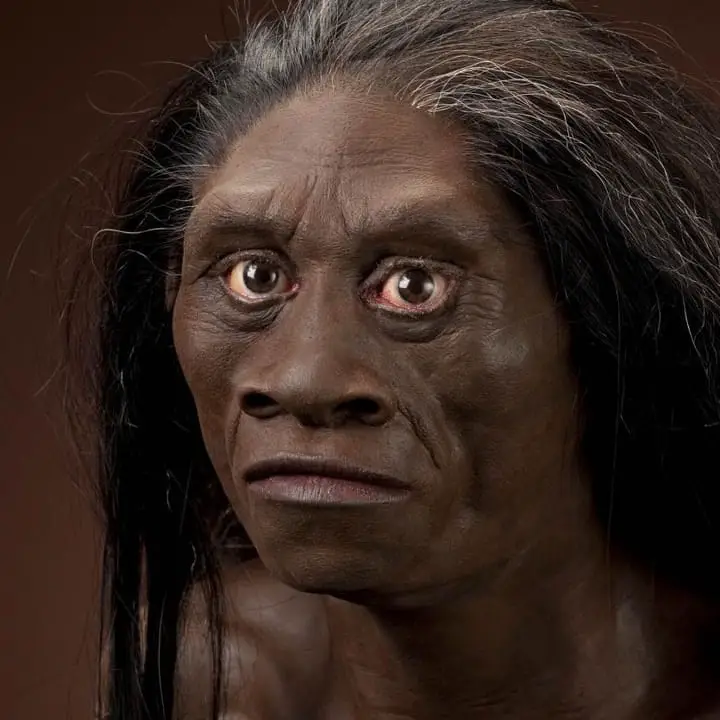
Smithsonian’s Human Origins
They thought it could possibly have Down syndrome or microcephaly, a disorder characterized by an abnormally small brain. However, the hobbit’s other physical features have pretty much convinced scientists that it is no modern human, but a previously unknown species. So how did the hobbits get to Indonesia in the first place?
10. All about hobbits
While we don’t know if the Flores hobbits had excessively hairy feet like Tolkien’s imagined hobbits, we do know they had relatively big feet. But they had small brains at about a third of the size of Homo sapiens, aka modern humans. It also seems they made stone tools because these were also found on the island.
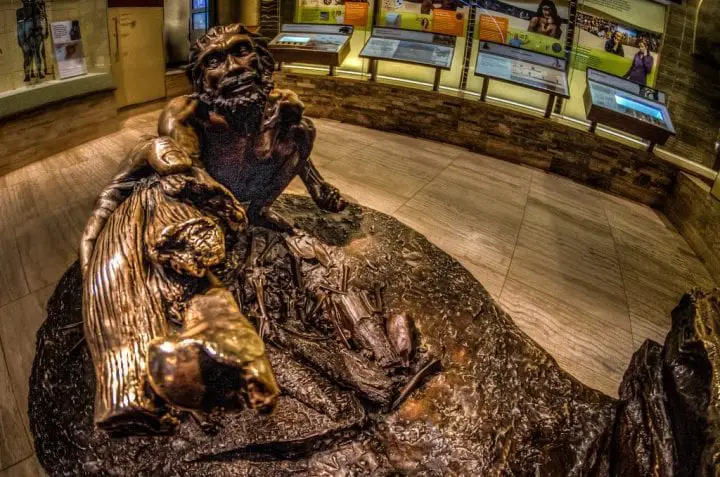
Flickr
While we don’t know if the Flores hobbits had excessively hairy feet like Tolkien’s imagined hobbits, we do know they had relatively big feet. But they had small brains at about a third of the size of Homo sapiens, aka modern humans. It also seems they made stone tools because these were also found on the island.
11. Humans long past
“Human” doesn’t just mean Homo sapiens, it actually applies to any species in the Homo genus. Several species of human ancestors have been found in fossil form. There’s the infamous Neanderthals, Homo neanderthalensis, and the lesser known Denisovans. The mysterious Denisovans are similar to Neanderthals and have their own controversial history.
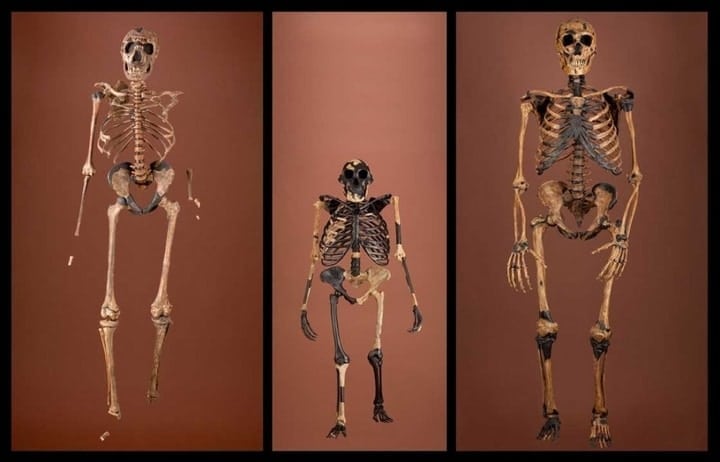
Smithsonian Insider
There’s also Homo erectus, who’s older than either Neanderthals or the Denisovans. Scientists believe H. erectus was the first human species to leave Africa. It certainly went to Asia, but it’s unknown whether or not it went to Europe, too. But scientists are now asking how H. floresiensis and H. erectus are related.
12. Becoming more human
Homo erectus was alive possibly as early as 1.9 million years ago and lived until about 143,000 years ago, as far as we know. While it was not the first species in the genus Homo, it does appear to be the first one to make campfires for cooking and complex stone tools like handaxes.
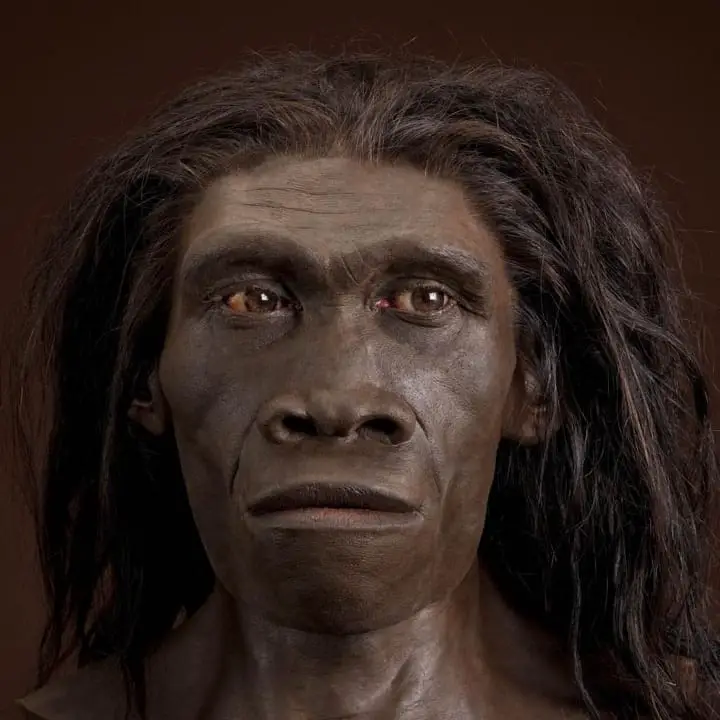
Smithsonian’s Human Origins
Their brains, while smaller than ours, were larger than any other hominins or apes before them. “Hominin” encompasses all human species as well as our close relatives, like the apelike Australopithecus. Homo erectus evolved in Africa, but left at some point to explore Asia. Many years later, our own species left Africa, too.
13. Paradise island vacation
After leaving Africa, some members of H. erectus may have moved to Flores. And over a long period of time, they might have evolved into the small H. floresiensis found in the cave. H. erectus would have had awhile to do so, because they lived about nine times as long as our species has thus far.
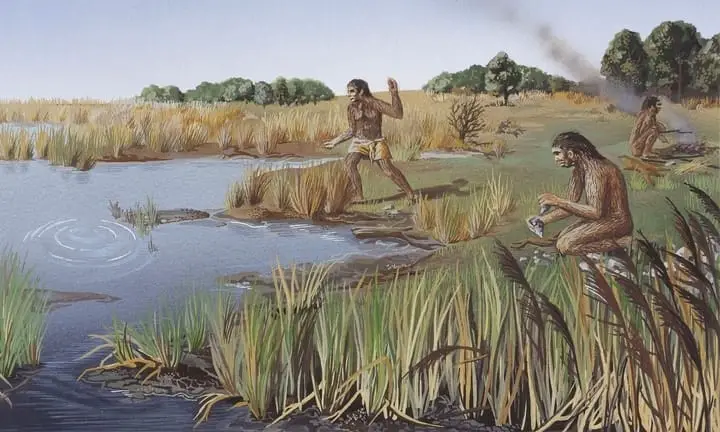
The Archaeology News Network
H. erectus were generally taller than the previous hominins, but they did range from short to tall like humans today do. One of the most complete fossils is of an adolescent boy of over five feet. He might even have grown taller, had he not died. However, a recent study says H. erectus isn’t the precursor to H. floresiensis at all.
14. Alternate theory
While H. erectus fossils have been found in Indonesia, they were only on the island Java which is a few islands down from Flores. This and features of the hobbits’ skeletons made some scientists question the hypothesis of descent from H. erectus. The hobbits have a mysterious combination of primitive and newer features.
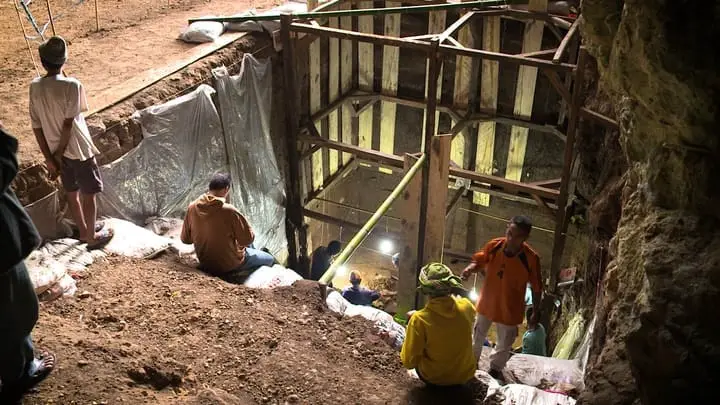
FutureLearn
For example, their limb proportions and body weight appear more similar to Australopithecus, the ancient apes that lived over two million years ago and were an evolutionary link between modern apes and humans. But this similarity causes problems, because as far as we know Australopithecus only lived in Africa. So, the hobbits would have had to regress from H. erectus to look like that.
15. Homo habilis
Well rather than being direct descendants of Australopithecus, it’s possible that these hobbits evolved from a later human called Homo habilis. The hobbit’s primitive features point to H. habilis rather than H. erectus as its most recent ancestor, but scientists didn’t think they had ever left Africa. H. habilis was a lot closer to hobbit height, since it was generally about their size to a foot taller.
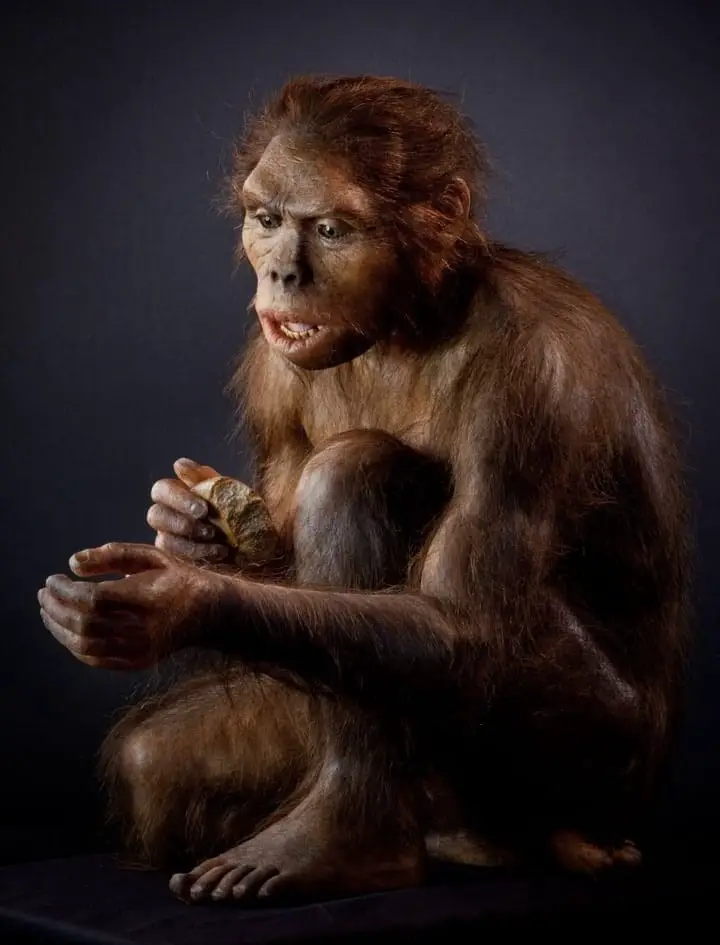
Wiki Prehistorico
So, did hominins leave Africa even earlier than we thought? Well, right now we don’t know, but maybe. Either way, if a human species came to Flores and then shrunk to become H. floresiensis, it wouldn’t have been the only one to do so after moving to the little island.
16. Wonderland island
It’s almost as if species coming to Flores are offered the little bottles and treats from Alice and Wonderland. “Drink me” and “Eat me” they say, and then once the animal does so, it either grows or shrinks. Because animals weren’t just shrinking on the island, some actually got bigger.

BedsLife Magazine
Elephants moved to Flores and over some time they shrank to a dwarf size, but small rats went to the same island and grew into the Flores giant rat. Found in the same cave as Homo floresiensis, these elephants were only a little taller than modern humans. So what caused the size changes?
17. Interbreeding?
Well it probably wasn’t a shrinking potion that caused the hobbits, elephants, and modern pygmy people to shrink on Flores. So what was it? Well one hypothesis was that regular sized Homo sapiens mated with the hobbit species Homo floresiensis, and their children were the ancestors of the modern pygmies.
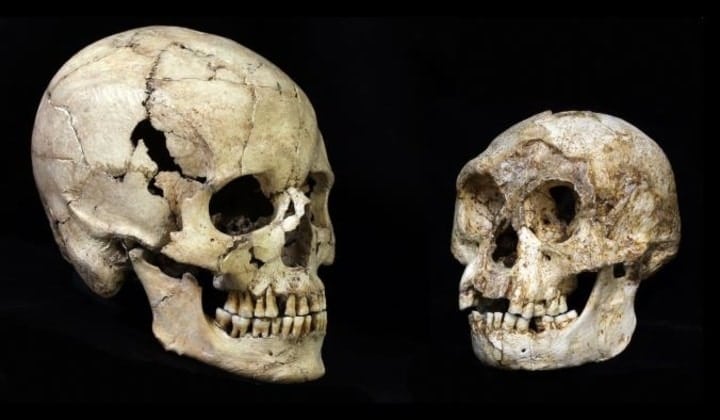
National Geographic
This interbreeding hypothesis assumes that both human species were on Flores at the same time, which is possible though likely it was for a pretty short time. But even if this were true, it doesn’t account for what shrunk the hobbits and elephants in the first place. However, researchers decided to investigate the possibility of interbreeding.
18. More than just human
The idea of two species of Homo mating really isn’t that wild. H. sapiens and Neanderthals did it on several occasions, resulting in Neanderthal DNA still existing in non-African humans today. As much as one percent to four percent of your DNA is likely from Neanderthals, if your ancestors were from Europe or Asia.
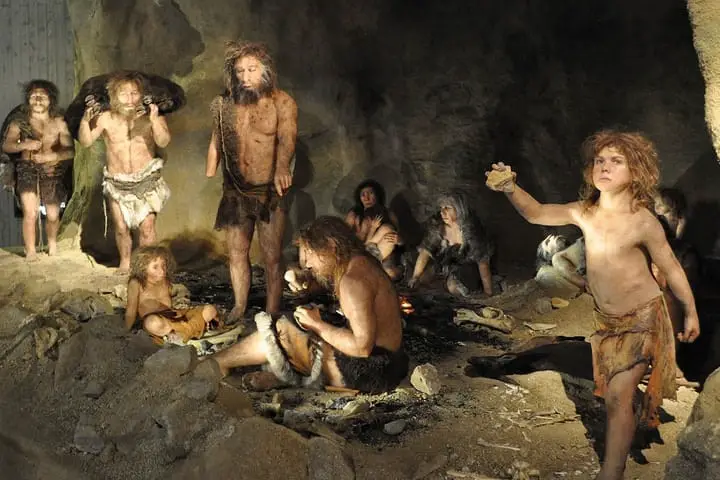
Metode
Not only did old H. sapiens mate with Neanderthals, but they also interbred with the Denisovans. Not much is known about the Denisovans, who lived in Asia, but we do know that they contributed about five percent of the DNA of some people in Oceania and Asia. Plus, there’s even evidence that the Neanderthals and Denisovans interbred. But did the hobbits and modern humans?
19. It’s not in the DNA
While the ancient Homo sapiens did mate with both Neanderthals and Denisovans—who’s DNA still lives on in many people—it seems they did not mate with the hobbit species Homo floresiensis. To sort all this out, scientists went to Flores on a mission to collect DNA samples from the pygmy people living there.

IFLScience
After looking at their DNA, the researchers did not find any parts that seemed to be from anyone other than H. sapiens, Neanderthals, or Denisovans. So if the pygmy people’s ancestors didn’t mate with the hobbits, then that means twice humans came to this island and shrunk. What caused it?
20. Pygmy people around the world
Flores isn’t the only place with pygmy humans, though. Famously, there are groups of pygmy people living in central Africa. They live as hunter gatherers in the tropical rainforests and it isn’t entirely clear what caused them to evolve a smaller stature. But researchers have come up with some hypotheses.

National Geographic
It may be an adaptation to the rainforest life, because they need less food and can regulate their body temperature better. Their size is definitely genetic, though, and not due to malnutrition. Africa isn’t the only home to people like this, hunter gatherers of small stature also live in the rainforest of the Philippines and elsewhere. However, they likely evolved separately.
21. The island rule
Actually, Flores is not the only island that seems to change the size of its immigrants. This happens on islands around the world and it’s known as “the island rule.” Like we saw with the elephants and rats, large animals tend to get smaller and small animals tend to get larger.
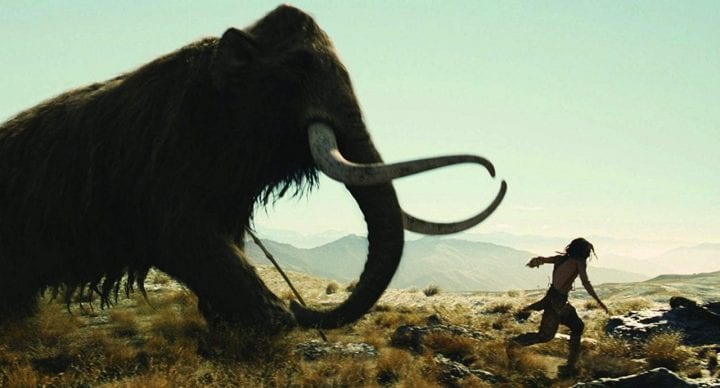
IMDB
The ecology of islands is different than that of the mainland, because they are so much smaller and generally isolated. There are also a lot fewer species on islands. Different circumstances select for divergent biological traits during natural selection, leading to evolution of the species. Which circumstances, exactly, are still debated.
22. Island ecology
Islands can be quite difficult to get to. For flying animals that isn’t the case, but most others need to find a different way there. Some swim, but it can be an awfully long and treacherous distance. Over a very long period of time, sea levels fluctuate and that can sometimes reveal a land bridge between islands. Otherwise, rafting can be a last ditch option.
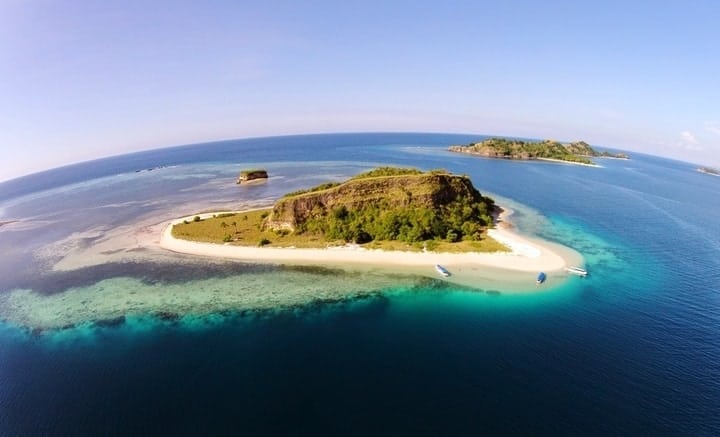
Geya Antonova
Since islands are hard to reach, there are less species on them and this can change the ecosystem. For example, there are fewer animals competing for resources like food and there are probably fewer predators hunting their prey. This is the basis for one of the leading hypotheses about the island rule.
23. Competition and predation
One hypothesis about island dwarfism and gigantism is that the decreased competition and predation on islands lead to the size changes. They suppose that when small animals get to an island and have less competition for food and other resources, it’s possible that they can grow bigger because of it.
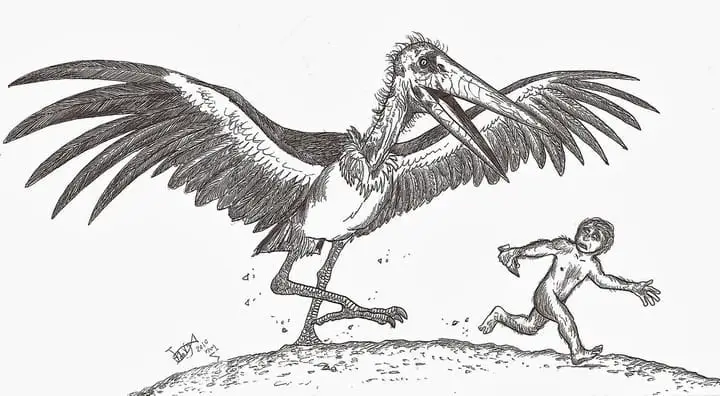
Hodari Nundu
Conversely, when large animals move to an island with few or no predators, they might not need to be large to protect themselves anymore. This might have happened with the little elephants on Flores. Basically, the animals may be losing adaptations they needed on the mainland but that aren’t needed on islands.
24. Food limitations
Another popular hypothesis for the island rule has to do with resource availability. Some researchers think that the shortage of food on islands leads to shrinking mammals, because when they’re smaller they don’t have to eat as much. If this is the case, then smaller animals will have an advantage over large ones of the same species.
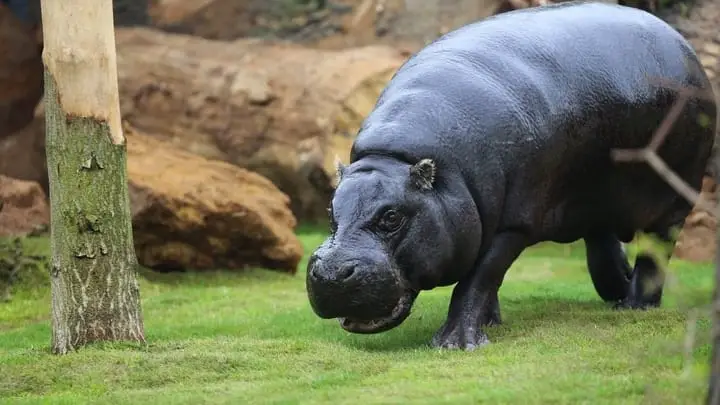
YouTube
If this advantage persists over a long enough period of time, then the species will evolve to be smaller because the large members are dying out or not having enough offspring. It’s possible that this cause is more relevant to carnivores, while less predation would be more influential on animals like elephants.
25. Filling niches
There are other things that might influence which animals get smaller and which grow larger, or if they do at all. For example, islands may have more open “niches” than mainlands. A niche is like a specific job in an ecosystem. For example, you can imagine a school as an ecosystem.

The Jakarta Post
If a school were an ecosystem, examples of its niches would be teachers and janitors. If an island has more open jobs than the mainland, an animal may evolve to fit that job. Of course, it’s very likely that all of these hypotheses are true in some circumstances, but maybe they don’t work in others.
26. Island dwarfism and gigantism
On Flores, we’ve seen “the island rule” with the pygmy people, the dwarf elephants, the giant rats, and possibly the hobbit people. But it works on other islands too! On an island off the coast of France, there used to be red deer that had shrunk to about one sixth the size of normal deer.
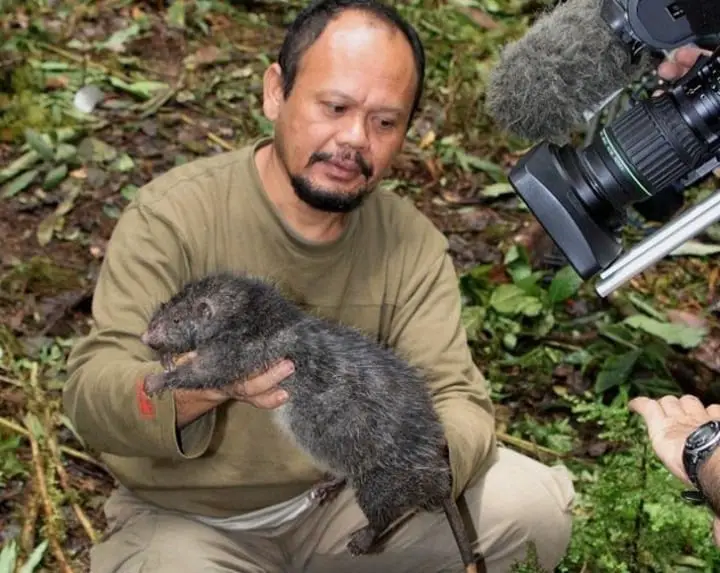
Listverse
Giant shrews and rabbits once lived in the Mediterranean, along with dwarf hippopotamuses. However, many of these have gone extinct. And besides the rats, another animal grew on Flores: an almost six foot tall stork. The stork might have been able to take away the hobbits’ children, as opposed to bringing them. But “the island rule” is even older than these animals.
27. Dwarfed dinosaurs
The island rule isn’t restricted to recent history, since it also seems to have affected dinosaurs! Famous for being humongous, non-bird dinosaurs lived over 66 million years ago. At this time, the earth looked very different, like water was in different places, but it operated pretty similarly in some ways.
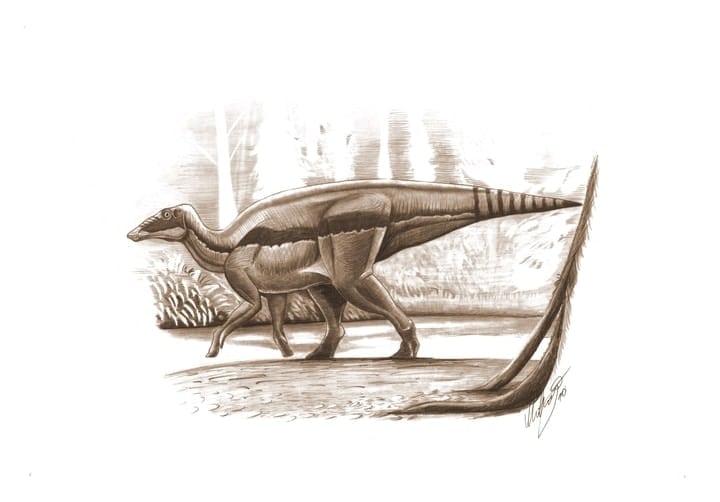
Mihai Dumbrava
For example, there was an island in the middle of Romania where now just land and a river reside. Dinosaurs lived on this island, and at least two species became dwarf versions of their mainland ancestors. They weren’t tiny, at about 16 to 20 feet long, but they were smaller than their 30 to 56 feet long relatives.
28. A little uncertain
All these cases of dinosaurs, storks, and elephants changing size on islands work to help us understand the phenomenon. So while scientists aren’t sure what exactly made the pygmy people of Flores become shorter than average humans, they have these theories. Whichever ecological conditions are needed to change the size of animals, Flores definitely has them.
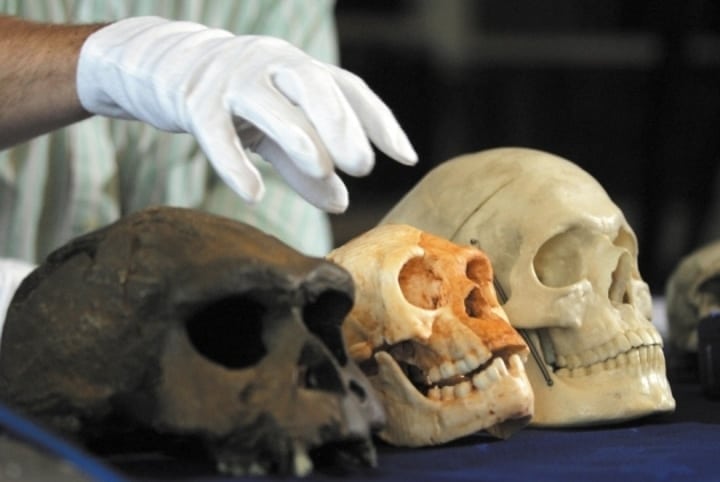
Nature
As to whether or not the hobbits were shrunk by the island is still unknown. Were they already small when they got there or did they shrink after making their home on Flores? Further archaeological digging may produce more fossils to shed light on the history of these hobbits. In 2016 scientists reported new fossils that might also be H. floresiensis.
29. A new, older discovery
At a different site in Flores, researchers found a fragment of jaw bone and several teeth. These bones appear to be from members of H. floresiensis, but they are even smaller than those found in the Liang Bua cave. Those bones were already pretty small, so how does this new discovery fit into the story?
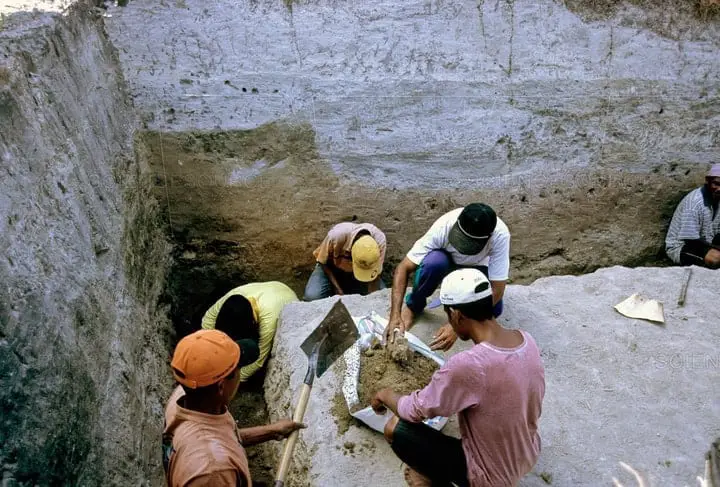
Science Source
These bones date to about 700,000 years ago which is at least seven times older than the other hobbit bones. They also found stone tools from almost a million years ago. These newly found bones point to H. erectus as the hobbit’s ancestor, but they haven’t yet been confirmed as hobbit bones.
30. The weirdly shaped puzzle piece
Some fossils have DNA still preserved in them, but for the hobbits of Flores there’s been no luck. The scientists weren’t able to get any DNA from the hobbit bones they found in 2003, so unfortunately that line of research isn’t an option right now. So for now all they can do is just keep digging.

Science Alert
The hobbits of Flores are a very odd piece of the human evolution puzzle, they’re a piece that’s roundish and has weird parts protruding off of it and doesn’t seem to fit anywhere in the rest of the puzzle. Of course, this puzzle isn’t anywhere near done anyway, so who knows what could change.